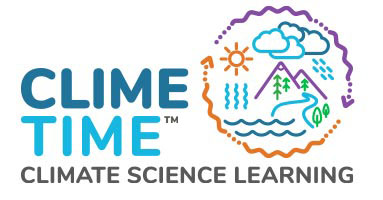Going the Extra Mile
to cultivate and sustain teacher expertise in Wahluke
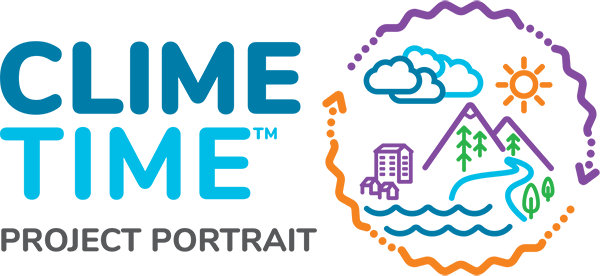
Overview
Many elementary educators do not enter teaching with a deep background in science, a situation that can result in discomfort and a lack of confidence when teaching science. This project set out to support elementary teachers by providing high quality, hands-on professional learning that is critical to cultivate teachers’ confidence and enthusiasm for science.
What We Did
The project was set within the Wahluke School District, located on the Columbia River in Central Washington. The District includes some towns and an expansive area of farming land. The students served by Wahluke School District are predominantly Latino, low income with about half designated as English Language Learners. Wahluke belongs to the Science Education Cooperative, a group of school districts and private schools that shares the cost of implementing and sustaining Next Generation Science Standards (NGSS) aligned Smithsonian Science for the Classroom units in their elementary classrooms.
The Smithsonian units have been an engaging way to support teachers’ understanding of the NGSS because they provide activities that help students solve real-life problems using science. The lessons and activities in these units provide firsthand experiences for children with science and engineering practices, cross-cutting concepts, and disciplinary core ideas. To provide effective instruction, teachers needed training to facilitate three-dimensional student learning and manage materials for the activities. For example, one lesson about weather and climate prompts students to build a structure to weather a storm. Another asks students to identify a location for a world soccer tournament based on weather patterns and the time of year. These activities provide opportunities for students to think like engineers and practice scientific argumentation.
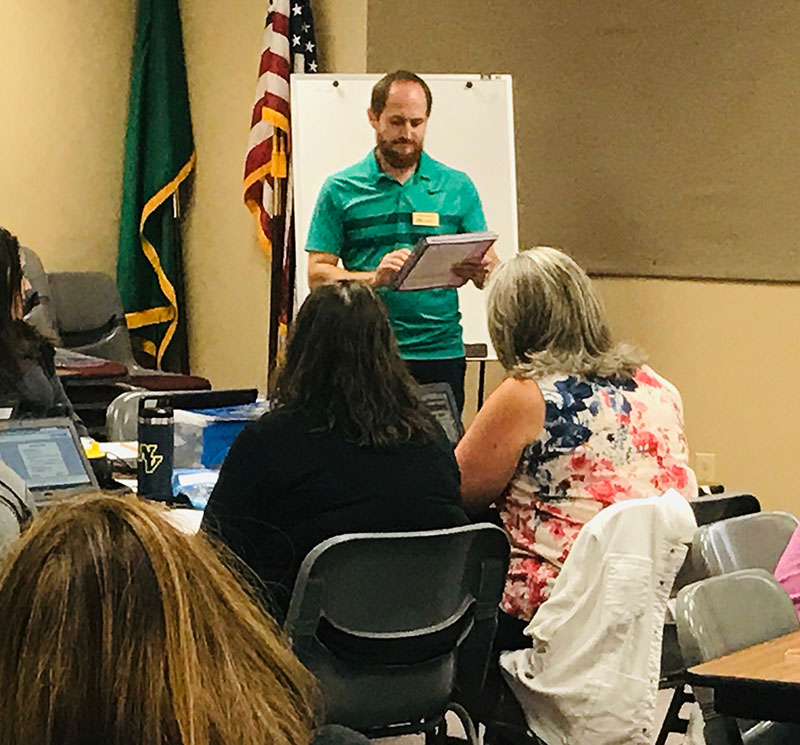 In this project, the Regional Science Coordinator Mike Brown facilitated the learning of 15 Master Trainers who then lead such learning opportunities for 60 teachers in Wahluke School District. These teacher leaders had expertise with the NGSS and the Smithsonian units and drew from their classroom experience to provide effective professional learning for their colleagues. The seasoned trainers shared expertise in facilitation while the novice trainers provided strong coaching in information technology.
In this project, the Regional Science Coordinator Mike Brown facilitated the learning of 15 Master Trainers who then lead such learning opportunities for 60 teachers in Wahluke School District. These teacher leaders had expertise with the NGSS and the Smithsonian units and drew from their classroom experience to provide effective professional learning for their colleagues. The seasoned trainers shared expertise in facilitation while the novice trainers provided strong coaching in information technology.
On August 21, 2019, six professional learning sessions were held at Morris Schott STEAM Elementary. In these sessions, 57 Wahluke teachers learned how to facilitate science units such as “How Can Living Things Stay Safe and Grow?” and “How Can We Stop Soils From Washing Away?”
What We Learned
Teacher learning was assessed using both formative and summative measures to refine the facilitation of the Master Trainers. For example, teachers’ knowledge could be seen to increase in real time through Paige Keeley’s Commit and Toss assessment, an activity in which trainers posed questions about teachers’ understanding and asked for anonymous responses to gauge teachers’ mastery of the concepts. Participating teachers also completed state wide professional learning evaluations that were used to improve this project as well as inform the state wide work. In open-ended responses, participants praised the materials and the ways in which trainers shared their own experiences becoming familiar with the units.
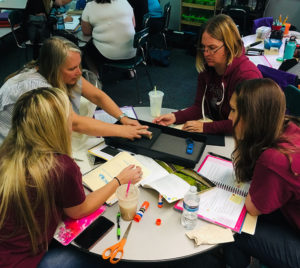 This model of professional learning allowed teachers to share their learning peer to peer while at the same time developing a cadre of teacher leaders within the district. Such a network will be leveraged in the future as elementary educators explained their understanding into NGSS storylines and how best to support English Language Learners in the context of science learning.
This model of professional learning allowed teachers to share their learning peer to peer while at the same time developing a cadre of teacher leaders within the district. Such a network will be leveraged in the future as elementary educators explained their understanding into NGSS storylines and how best to support English Language Learners in the context of science learning.
Missy Stevenson, the district’s Director of Curriculum and Instruction expressed her appreciation for both the local training and trainers’ guidance about how to bring the science units to Wahluke’s elementary classrooms:
This model allowed for our teachers to be trained on campus, avoid traveling to Yakima as well as sub costs. I also love the fact that teachers did not need to be subbed out. All the teachers I talked to said that they feel much more prepared to teach their kit and appreciated the training and “real-life” teachers training on the kits.
Embedding NGSS science learning within the fabric of existing professional learning and helping to foster those peer-peer learning structures is a sustainable, cost-effective, and powerful model for professional learning to best shift classroom practices and support both teachers learning and professionalism.
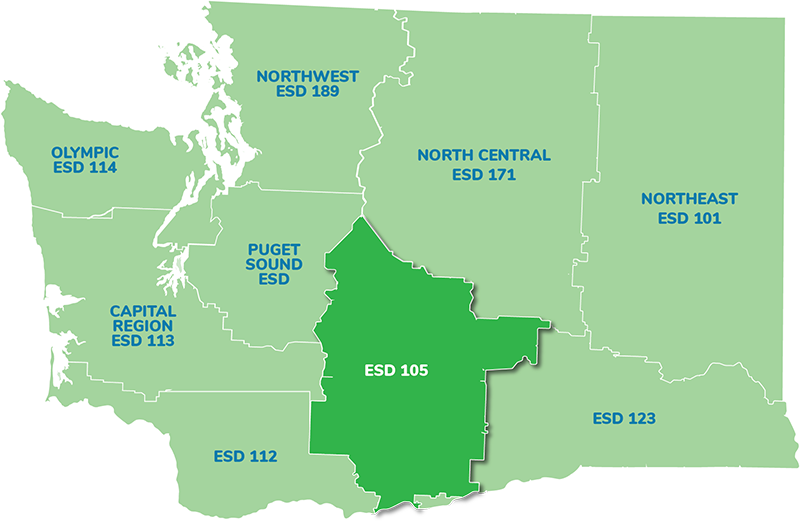
Project Reach
Teachers
Students
Project Partners


Feedback
I really enjoyed Kelsy’s teaching. She talked about how it worked or didn’t work in her classroom. She was very real and I appreciate her openness.
Thank you for being straightforward and honest about your experiences. It REALLY helped that you currently teach THIS and at the Third-grade level!! Awesome!
Contact
For more information contact:
Luke Matlack, Science Education Coordinator, ESD 105
luke.matlack@esd105.org
